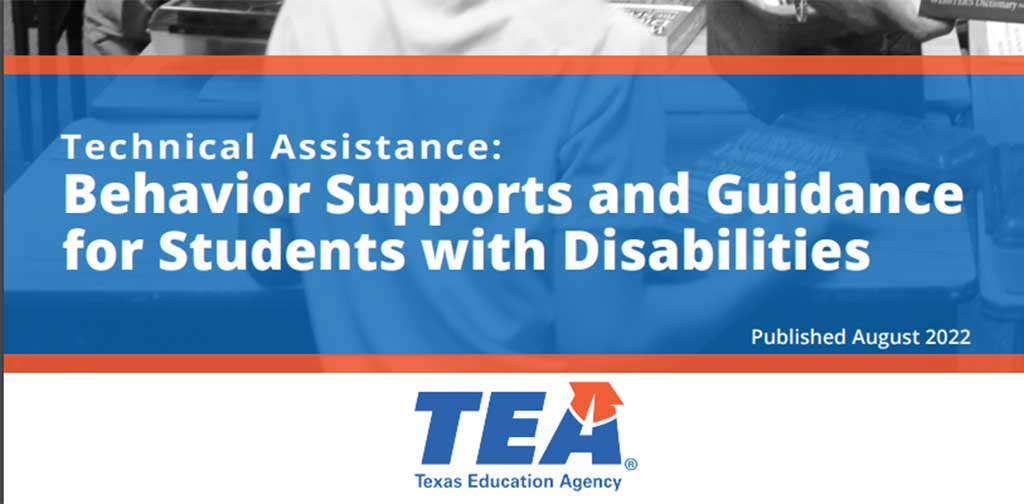Prior to IDEA 2004 the standard for a Free, Appropriate Public Education (FAPE) was that schools had to provide services so that the child received some educational benefit. Congress said that the purpose of IDEA 2004 is to provide FAPE that “emphasizes special education and related services designed to meet their (the child’s) unique needs and prepare them for further education, employment and independent living.” “Further education” is an outcome that had not been stated previously. This sets a higher standard for parents to push for their child.
Using No Child Left Behind (NCLB) to obtain a better Individualized Education Program (IEP)
The law also clarifies that the NCLB objectives of meeting the educational needs of low- achieving students, closing the achievement gap between high and low-performing children and ensuring access to effective, scientifically based instructional strategies and challenging academic content includes students with disabilities. Congress found that implementation of IDEA had “been impeded by low expectations and an insufficient focus on applying replicable research and proven methods of teaching and learning for children with disabilities.”
Attorney Wayne Steedman points out that “School personnel often assert that it is unreasonable to expect a child to achieve more than one year of academic progress in one year. School personnel assert this even more vigorously when they develop IEP goals for disabled children, goals that often reflect their low expectations.
But if a disabled child is two, three, or more academic years behind his nondisabled peers, the only way to “close the gap” is for the disabled child to make more than one year of academic progress in one year. When children with disabilities receive intensive instruction from teachers who are skilled in the use of scientifically based instruction, it is not unusual for these children to make more than one year of progress in an academic year.
Parents and teachers must learn about the requirements of NCLB and IDEA 2004 to ensure that these legal requirements are met. Although there is no private right of action under NCLB (i.e., parents cannot sue schools when they fail to meet NCLB’s requirements), the failure to meet NCLB requirements can be used as evidence that a child did not receive an appropriate education.”
IDEA 2004 creates new requirements for schools to use scientific research based instructional practices and interventions that are based on accepted, peer-reviewed research, if such research exists. Parents must be vigilant that such practices and interventions are used, even if they are not listed in the IEP. There is also the danger that the IEP team will propose annual goals that are not specific and measurable, do not meet the child’s academic and functional needs, and do not describe how the child’s progress will be measured. If the child’s academic achievement and functional performance are not commensurate with the child’s progress on IEP goals, the child’s IEP needs to be revised. The parents and educators need to determine what adjustments need to be made to the child’s special education program and IEP.
Adapted from 10 Tips: How to Use IDEA 2004 to Improve Your Child’s Special Education, Wayne Steedman, Esq., http://www.wrightslaw.com/idea/art/10.tips.steedman.htm
Also see IDEA: What you Need to Know about IEPs for Children with Behavior Problems – http://www.wrightslaw.com/howey/iep.special.factors.htm and What You Need to Know About Goals in IEPs –http://www.wrightslaw.com/howey/iep.functional.perf.htm
Texas parents need to know and remember that state laws, and rules require accelerated, and intensive instruction for struggling learners. For most students needing this service, the goal is for them to catch up with their peers by the end of the next school year. Our staff can provide parents with information on these rules.



